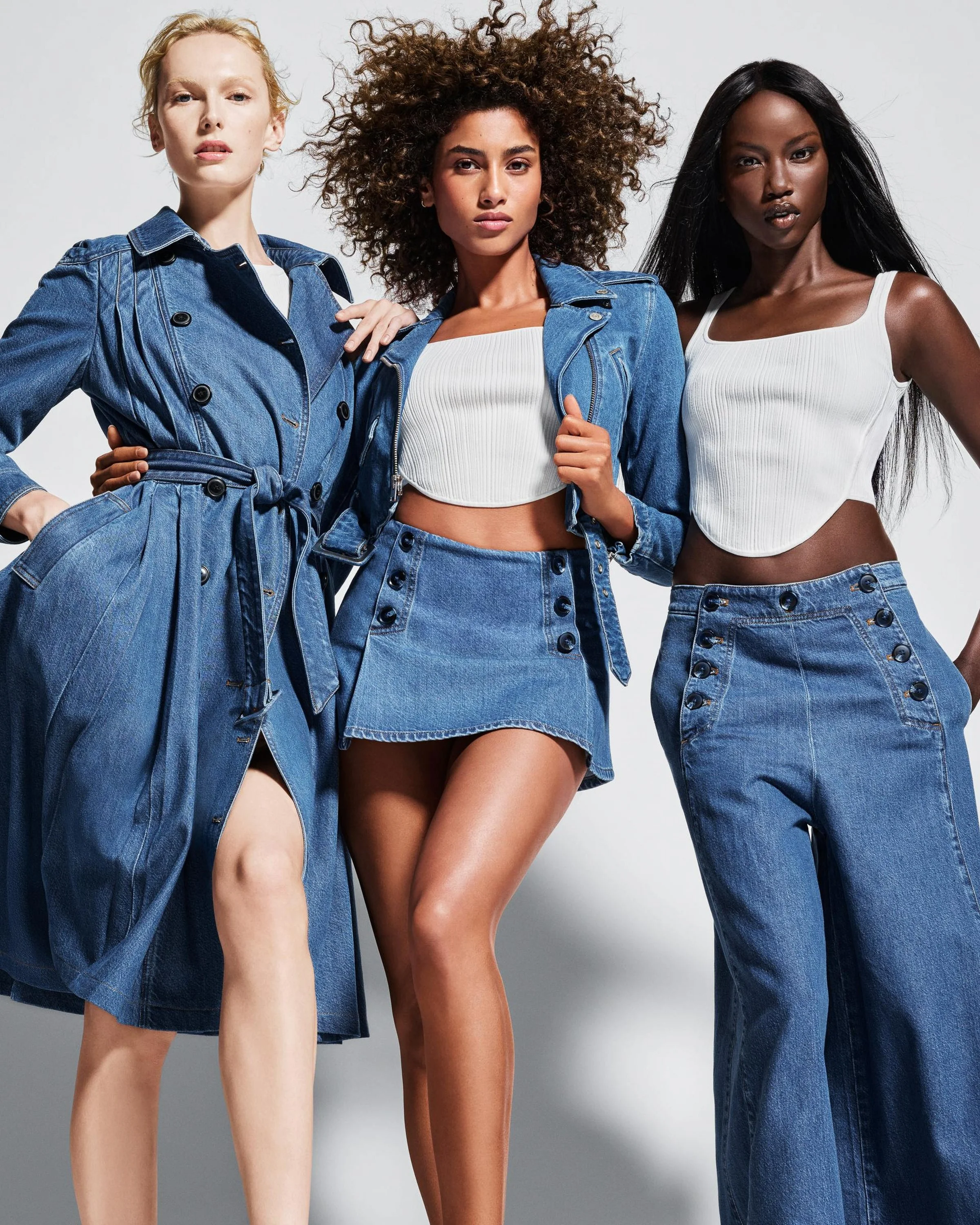The Art of Recovery: How Fashion Became My Creative Lifeline
By PAGE Editor
For years, I lost myself in a cycle of substance and alcohol abuse, seeking an escape from reality in ways that ultimately left me feeling more lost. Recovery wasn't just about sobriety; it was about rediscovering who I was without the numbing effects of drugs and alcohol. It was about replacing destruction with creation. And for me, that salvation came through art and fashion.
When I walked into treatment, I was a blank canvas—torn, stained, and in need of something new. I had spent so much time using substances to cope that I had forgotten how to feel. The idea of facing life head-on was terrifying. But through therapy and self-reflection, I began to realize that I had always been drawn to creative expression. I just hadn’t given myself permission to explore it fully. In the past, my love for art and fashion was hidden behind insecurity and addiction. Now, in recovery, it became my bridge back to myself.
Fashion as an Expression of Identity
In the early days of my recovery, I felt like I was rebuilding myself from scratch. Who was I without drugs and alcohol? What did I even like? At first, those questions felt overwhelming, but I found an answer in fashion. I started paying attention to what made me feel confident, what fabrics felt good against my skin, and what colors reflected my moods. As I learned to dress with intention, I realized that personal style isn’t just about what we wear—it’s about how we express our inner world.
Fashion became my creative outlet, a way to play with identity and embrace change. When I put together an outfit, I wasn’t just picking clothes; I was choosing how I wanted to feel that day. Some days, that meant bold colors and patterns that radiated confidence. Other days, it meant soft, neutral tones that gave me a sense of calm. It was a reminder that I had control over how I presented myself, and that was empowering.
Art, Recovery, and Self-Discovery
Art has always been a powerful form of healing. Whether through painting, music, writing, or design, the act of creating allows us to channel emotions in a way that words sometimes fail to capture. In recovery, I gravitated toward sketching and fashion design. When I put pencil to paper, I could take the chaotic thoughts in my head and turn them into something tangible. Creating was a form of therapy, a place where I could release my emotions without judgment.
There’s a parallel between the creative process and recovery. Both require patience. Both demand vulnerability. And both involve taking something raw and refining it into something beautiful. Just as I learned to build a life free from substances, I learned to build my artistic vision, one sketch at a time. Every drawing, every outfit, every piece of creative work was a reminder that I was still here. That I had survived.
Finding Inspiration in the Details
One of the most beautiful aspects of sobriety is the ability to notice life’s details again. When I was using, everything was a blur. But in recovery, I started to notice colors more vividly, textures more intimately, and emotions more deeply. That heightened awareness fueled my creativity. A sunset could inspire a color palette. A song could shape the mood of an entire collection. A vintage store find could spark a new idea.
The way I saw it, I had been given a second chance—not just to live, but to truly experience life. Fashion and art allowed me to embrace that. They helped me channel my past struggles into something meaningful. Instead of feeling ashamed of where I had been, I started using my experiences as inspiration for what I created.
The Intersection of Passion and Recovery
There’s something profound about having a passion—whether it’s for fashion, painting, music, or any other form of art. Passion gives us a reason to keep going, a reason to push through the hard days. The same dedication I once had for substances, I redirected into my creativity. I used to chase the high of escape; now I chase the high of creation.
Recovery is about reinvention, about learning to embrace change instead of fearing it. Fashion, in its essence, is the same. Trends come and go. Styles evolve. We grow into different versions of ourselves, and our outward expression shifts to reflect that. Both art and recovery teach us that transformation is not only possible but necessary.
Support and Healing Through Community
One of the biggest lessons I’ve learned is that no one heals alone. Just as artists find inspiration in collaboration, people in recovery find strength in community. There are places like MARR Addiction Treatment Centers and Thoroughbred Behavioral Health that provide the kind of support and resources necessary to build a strong foundation in recovery. Connecting with others who understood my journey helped me find confidence in my sobriety and creativity.
In the same way that the fashion world thrives on mentorship and innovation, recovery thrives on shared experiences. We lift each other up. We remind each other that we are capable of beauty, inside and out.
The Art of Living
I never imagined that recovery would lead me to art and fashion, but in many ways, it makes perfect sense. Creating something from nothing, finding beauty in imperfection, and embracing change—these are all part of both the creative process and the recovery journey. My story isn’t just about getting sober; it’s about discovering a new way to live, one that is colorful, expressive, and full of purpose.
For anyone struggling, know this: there is life beyond addiction. And not just life—but creativity, passion, and self-expression waiting to be explored. Recovery is an art form. And you are the artist.
HOW DO YOU FEEL ABOUT FASHION?
COMMENT OR TAKE OUR PAGE READER SURVEY
Featured








Every building has a roof, and this part of the construction serves more than just to offer shelter from the rain and sun.